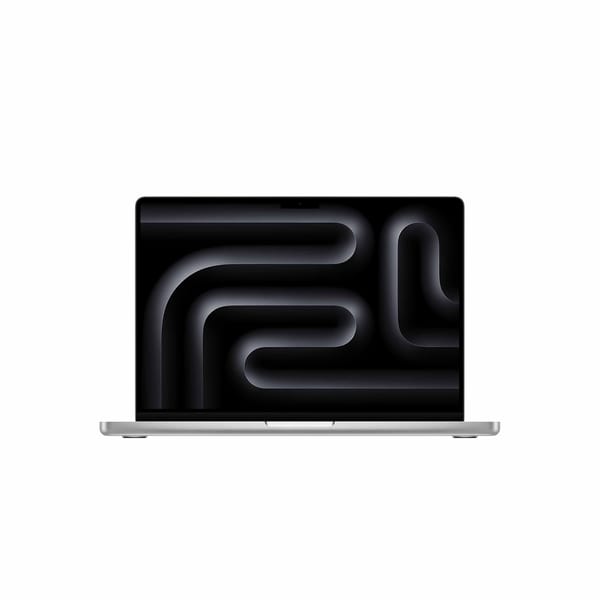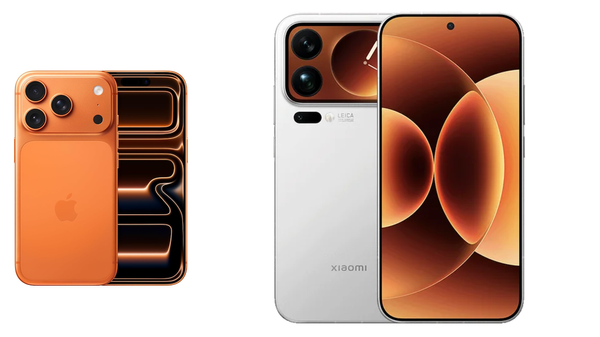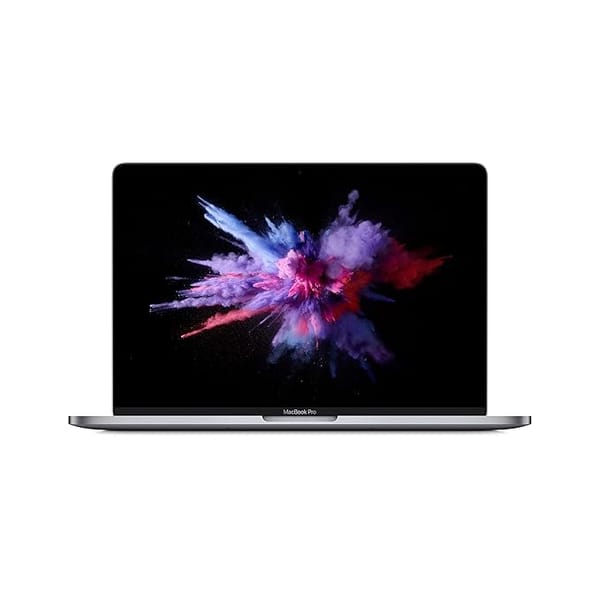Best Laptop for Data Analytics and Visualization Tools
Looking for the best laptops for data analytics in 2025? Explore top budget-friendly and powerful models ideal for Excel, Python, SQL, Power BI & Tableau. Boost performance with the right specs for data-driven tasks.

In 2025, data is more than just numbers—it's the foundation of strategic decision-making in nearly every industry. From finance and healthcare to retail and marketing, professionals are leveraging data analytics and visualization tools to uncover patterns, optimize operations, and drive growth. As the demand for real-time insights and predictive analysis grows, so does the need for high-performance computing power.
Whether you’re running complex Python scripts, building interactive dashboards in Tableau or Power BI, or crunching millions of rows in Excel or SQL, the laptop you choose can either accelerate your workflow or slow you down. A lagging machine not only hampers productivity but also limits your ability to explore data in depth.
That’s why choosing the right laptop—powerful enough to handle large datasets, efficient enough to support multitasking, and compatible with essential analytics tools—is crucial.
Key Laptop Requirements for Data Analytics
When you're working with large datasets or building complex visualizations, your laptop must have the muscle to keep up. Here's what to look for:
- Processor (CPU): The processor is the brain of your system. For data analytics, at least an Intel Core i5 or AMD Ryzen 5 is essential—but an i7 or Ryzen 7 will make a noticeable difference in speed when running multiple applications or performing calculations. CPUs with higher core/thread counts help with parallel processing and reduce lag in tools like R, Python, and Excel.
- RAM: 16 GB is the minimum sweet spot for most analytics tasks. If you're running massive datasets, machine learning models, or virtual machines, then 32 GB is much better. More RAM means smoother multitasking—so your system won’t choke when you’re juggling Jupyter Notebooks, dashboards, and spreadsheets all at once.
- Storage: Solid State Drives (SSD) are a must. A 512 GB SSD or higher is ideal for storing datasets and accessing them quickly. SSDs load software, boot up the system, and handle data transfers significantly faster than traditional hard drives.
- Graphics: For general data analysis, integrated graphics (like Intel Iris Xe or AMD Radeon Vega) are sufficient. But if you're using tools that rely heavily on graphical rendering—like geospatial analysis, simulations, or heavy Power BI dashboards—a dedicated GPU (such as NVIDIA GTX/RTX) can be a strong asset.
- Display: A full HD (1920x1080) IPS screen is highly recommended for clarity, color accuracy, and wide viewing angles. A screen size of 14" to 16" strikes the right balance between workspace and portability—especially important when working with dashboards or charts.
- Battery Life & Portability: If you're a student or working professional who’s always on the go, good battery life (at least 8 hours) and a lightweight design are key. Look for laptops that balance power and portability without compromising on core specs.
By making sure your laptop meets these minimum (and ideally preferred) specifications, you'll ensure your system can handle both everyday analytics tasks and more advanced visual work without slowing you down.
Best Laptops for Data Analytics in 2025

1. ASUS Vivobook 15 (Intel Core i5, 12th Gen) – ₹52,000
- Processor: Intel Core i5-1240P, great for multitasking and running tools like Excel, Power BI, and Python.
- Display: 15.6" FHD with anti-glare – good for extended work hours and clean visuals.
- Storage & RAM: 512 GB SSD, 16 GB RAM (expandable) – ideal for handling large datasets.
- Portability: Lightweight and student-friendly with decent battery life.
- 🔗 Learn in Detail: ASUS Vivobook 15 Full Review
2. HP Pavilion 14 (AMD Ryzen 5 5625U) – ₹54,000
- Processor: 6-core Ryzen 5 handles R, Tableau, and other data tools efficiently.
- Display: 14" Full HD IPS panel with narrow bezels for clarity and comfort.
- Performance: 16 GB RAM + 512 GB SSD ensures snappy performance.
- Design: Sleek metal build with good keyboard for long typing sessions.
- 🔗 Learn in Detail: HP Pavilion 14 Full Review
3. Lenovo IdeaPad Slim 5 (Intel Core i5, 11th Gen) – ₹48,000
- Processor: Core i5-1135G7 with Intel Iris Xe graphics for smooth visuals.
- Build: Thin and light—perfect for students carrying it to campus or cafes.
- Memory: 16 GB RAM and 512 GB SSD help with fast data access and tool performance.
- Battery Life: Up to 8 hours, making it reliable for daily use.
- 🔗 Learn in Detail: IdeaPad Slim 5 Full Review
4. Acer Aspire 7 (Ryzen 5 5500U + GTX 1650) – ₹55,000
- Graphics: Dedicated GTX 1650 GPU offers an edge in data visualization and light ML.
- Processor: Ryzen 5 5500U is efficient and multi-threaded for handling scripts and code.
- Display: 15.6" FHD with great color reproduction—ideal for visuals and charts.
- Usage: Suitable for students also interested in light gaming or video editing.
- 🔗 Learn in Detail: Acer Aspire 7 Full Review
Compatibility with Data Tools
- Microsoft Excel:
- Handles large datasets, pivot tables, and macros best with 8–16 GB RAM and an SSD.
- Laptops like ASUS Vivobook 15 and Lenovo IdeaPad Slim 5 are great for this.
- Python & R (Jupyter, Pandas, NumPy, RStudio):
- Benefit from multi-core processors (Intel i5/Ryzen 5 and above).
- All recommended laptops support IDEs like VS Code, PyCharm, and RStudio with no lag.
- Data Visualization Tools (Power BI, Tableau):
- Require good RAM and a decent display or GPU for rendering visuals.
- Acer Aspire 7 stands out with a dedicated GPU and color-accurate screen.
- SQL Tools (MySQL Workbench, DBeaver):
- Work efficiently on all laptops running Windows OS, which all suggested models use.
- OS Compatibility:
- Windows: Best all-rounder, supports Excel, Power BI, SQL, Python, R, and more.
- macOS: Great for Python and R; limited support for Power BI.
- Linux: Excellent for developers but not ideal for beginners or Power BI users.
Windows vs Mac for Data Work
Before choosing a laptop for data analytics and visualization, keep these factors in mind:
- Future Upgradability: Look for models with expandable RAM and SSD slots for long-term value.
- Heat Management: Laptops with better thermal systems avoid lag during heavy tasks.
- Build Quality: A sturdy body and comfortable keyboard are essential for long hours of data handling and coding.
- Customer Support: Brands with reliable service networks save time and hassle during issues.
Choose wisely based on your daily usage, upgrade needs, and after-sales support.
Factors to Consider Before Buying
Before choosing a laptop for data analytics and visualization, keep these factors in mind:
- Future Upgradability: Look for models with expandable RAM and SSD slots for long-term value.
- Heat Management: Laptops with better thermal systems avoid lag during heavy tasks.
- Build Quality: A sturdy body and comfortable keyboard are essential for long hours of data handling and coding.
- Customer Support: Brands with reliable service networks save time and hassle during issues.
Choose wisely based on your daily usage, upgrade needs, and after-sales support.
Expert Tips
- Plan for the Future:
Buy a laptop that can handle your next 2–3 years of academic or professional needs, not just current tools. - Use External Accessories:
Investing in an external monitor, keyboard, or mouse can greatly boost productivity and comfort, especially during long sessions. - Dual-Boot for Flexibility:
If you use tools that run better on Linux, consider setting up a dual-boot system with Linux and Windows.
Conclusion
The best laptop for data analytics depends on your level of work — whether you're a student, beginner, or pro. For most learners, midrange laptops with 8GB RAM, SSD storage, and a reliable processor like Ryzen 5 or i5 are more than enough. Tools like Excel, Python, SQL, and Power BI run smoothly with these specs. Focus on upgradability, battery life, and a comfortable display to make long hours of practice easier. Choose wisely, and you'll have a laptop that grows with your skills — ready to handle everything from classroom assignments to real-world data projects.




